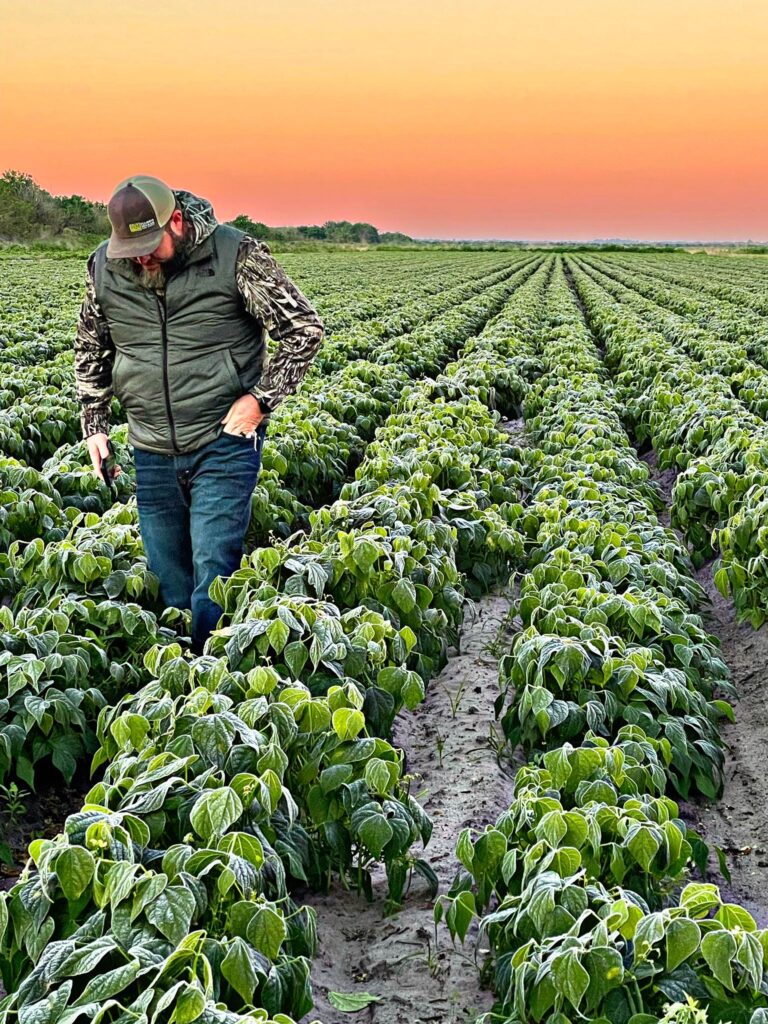Clewiston, FL – The people of U.S. Sugar again are making the latest “Clean Air” update available to their community–showing public and private data from 2021 to 2022 confirming that the Glades’ air quality remains good year-round and better than in congested coastal areas. “Our farmers are committed to clean air and clean water while growing food crops millions of American families depend on every year,” said Judy Sanchez, Senior Director of Corporate Communications and Public Affairs for U.S. Sugar. “Our latest air update shows our community that not only is our air safe and clean every day, but it also remains cleaner than other areas of the state of Florida.”
In the midst of its 92nd harvest season, U.S. Sugar is committed to providing its neighbors and friends science and fact-based information about its farming operations. Our region is one of the most heavily monitored areas with a number of public and private monitoring sources showing the Glades farming communities enjoyed air quality in the “Good” range – the range with the best air quality according to EPA standards – in 306 out of the 324 days of monitoring in the Glades (days covered in this report). Of the 18 days in the very low range of “Moderate” readings, 11 readings were taken between June and September, which is after the harvest season was completed.
Summary & Key Findings of “Clean Air Update”:
· Glades air is consistently good year-round
· Our air quality at 6.45 PM2.5 for the 2021-2022 harvest season was better than year round at 6.6 PM2.5
· Our air quality is the same or better than on the urban coast
· The class-action lawsuit pushed by outside special interests was dropped after they failed to provide any evidence to legitimately challenge the air monitoring data from our community
· During the 2021-2022 Harvest Season there was no significant uptick in visits to local emergency rooms (Source: www.floridatracking.com/healthtracking/)
· Saharan dust, particularly during the summer months, notably affects overall air quality throughout South Florida
This update is a continuation of our ongoing conversations with our neighbors about U.S. Sugar’s commitment to helping keep the farming communities where we work, play, and raise our families clean, safe, and healthy. U.S. Sugar is proud to reaffirm that commitment in releasing the information included in this report.
For more information and to read this and last year’s report, please visit: ussugar.com/2023-state-of-our-air/.
U.S. Sugar is a farming company that grows sugarcane, citrus, sweet corn and other winter and spring vegetables in South Florida. The company was founded in 1931 by Charles Stewart Mott, a visionary leader who hailed from a long line of farmers. Since the beginning, the company’s success has been rooted in traditional farming values and respect for the land.



